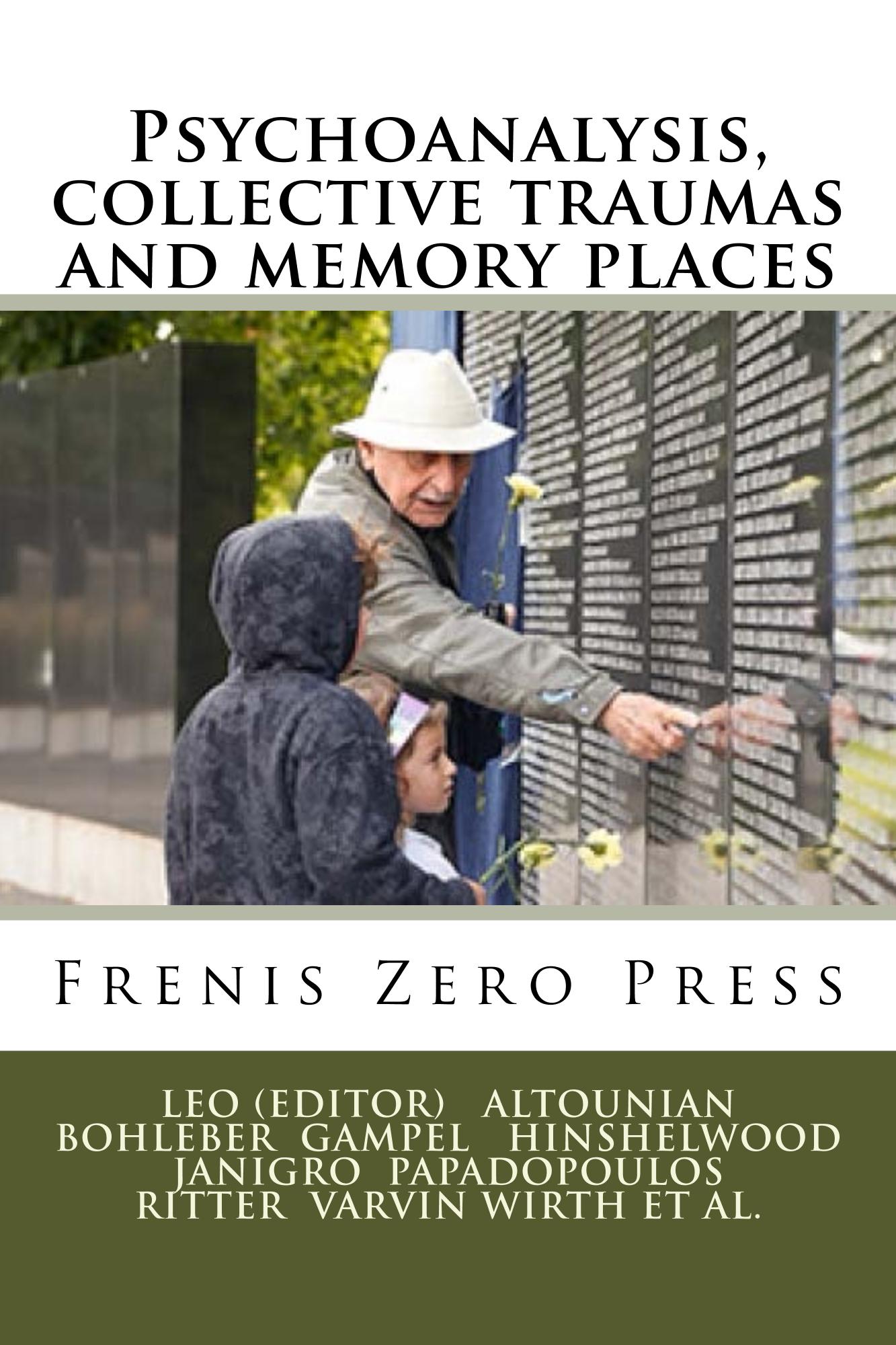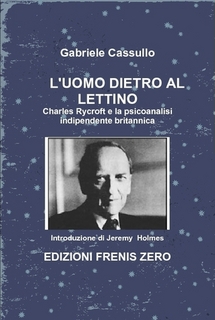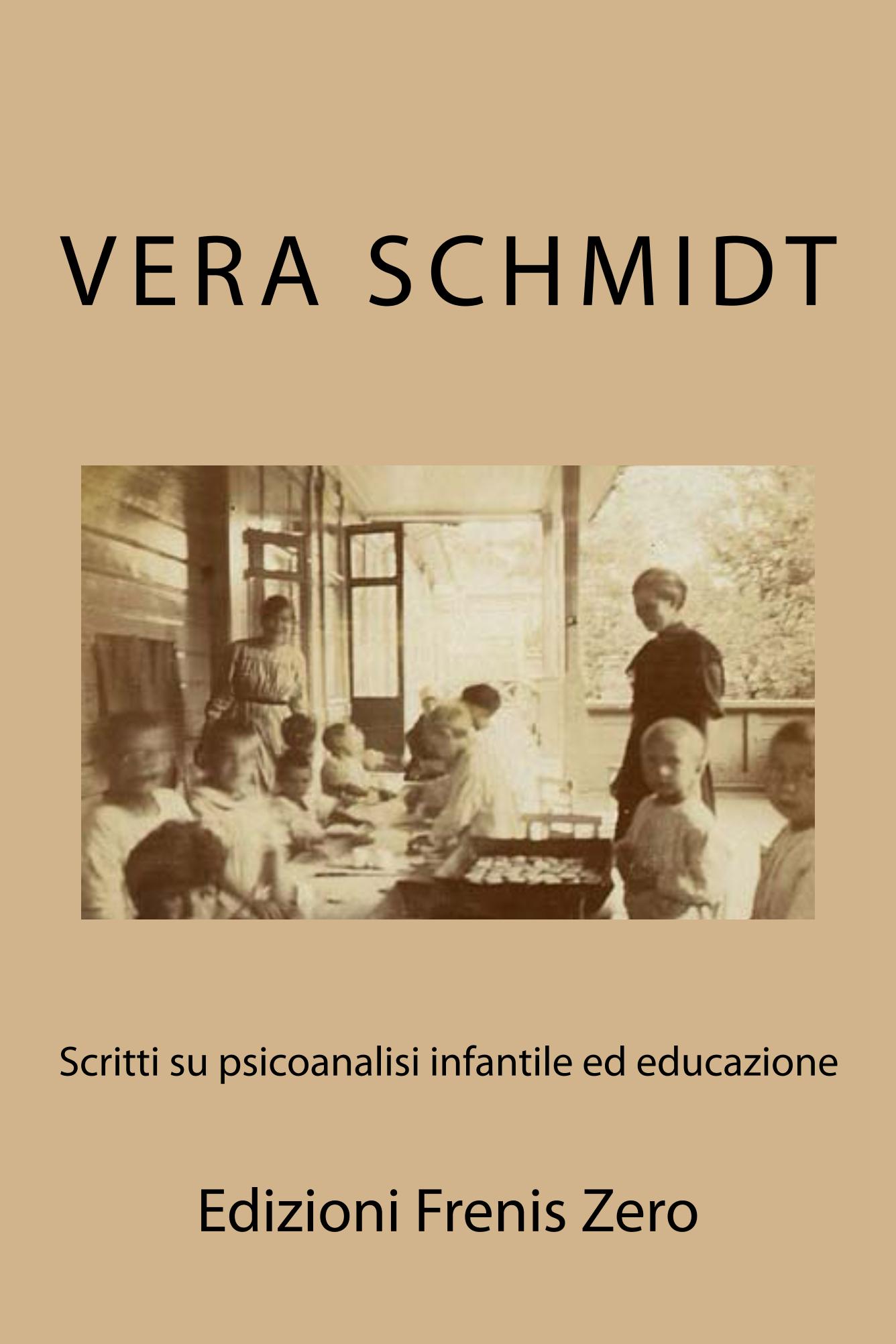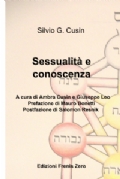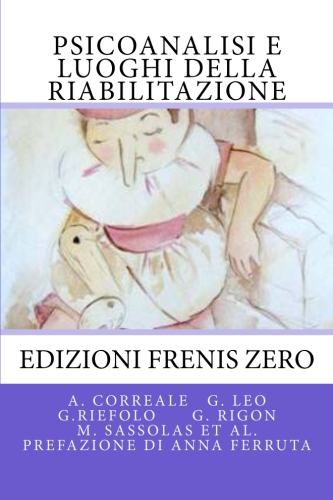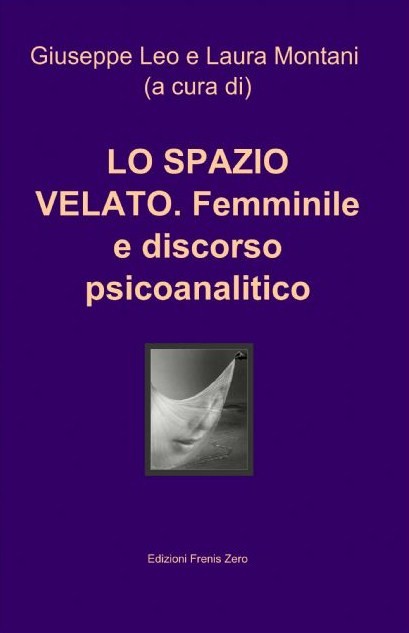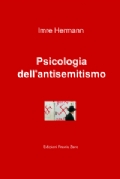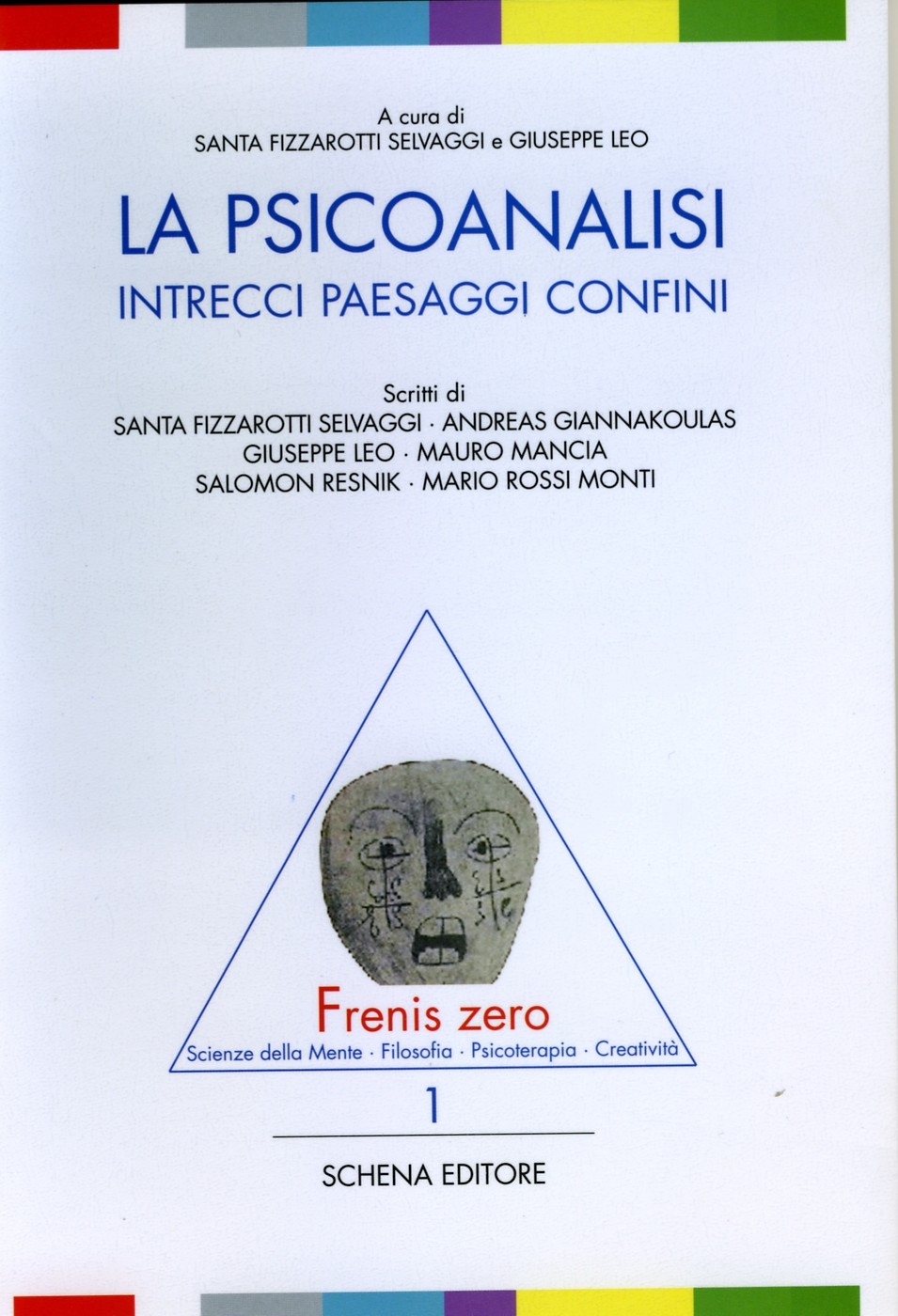| |
REFERENCES
Aber, J.,
Slade, A., Berger, B., Bresgi, I., & Kaplan, M. (1985). The
parent development interview. Unpublished
protocol, The
City University of
New York, New York, NY, USA.
Belsky, J., &
Pasco Fearon, R. M. (2002). Infant-mother attachment security,
contextual risk, and early development: A
moderational
analysis. Development and
Psychopathology, 14(2), 293-310.
doi:10.1017/S0954579402002067
Bifulco, A., Brown,
G. W., & Harris, T. O. (1994). Childhood Experience of Care
and Abuse (CECA): A retrospective interview
measure. Journal
of Child Psychology and Psychiatry, and Allied Disciplines, 35(8),
1419-1435.
doi:10.1111/j.1469-7610.1994.tb01284.x
Birman, D., &
Taylor-Ritzler, T. (2007). Acculturation and psychological
distress among adolescent immigrants from the former
Soviet Union:
Exploring the mediating effect of family relationships. Cultural
Diversity & Ethnic Minority Psychology, 13(4),
337-346. doi:10.1037/1099-9809.13.4.337
Boszormenyi-Nagy,
I., & Krasner, B. R. (1986). Between
give and take: A clinical guide to contextual therapy.
New York, NY,
USA:
Brunner-Routledge.
Boszormenyi-Nagy,
I., & Spark, G. (1973). Invisible
loyalties: Reciprocity in intergenerational family therapy. New
York, NY,
USA: Brunner/Mazel.
Bowlby, J.
(1973). Separation: Anxiety
and anger (Vol. 2). New York, NY,
USA: Basic Books.
Bowlby, J. (1977).
The making and breaking of affectional bonds: Aetiology and
psychopathology in the light of attachment
theory: An
expanded version of the Fiftieth Maudsley Lecture. The
British Journal of Psychiatry, 130(3),
201-210.
doi:10.1192/bjp.130.3.201
Bretherton, I.,
Biringen, Z., Ridgeway, D., Maslin, C., & Sherman, M. (1989).
Attachment: The parental perspective. Infant
Mental
Health Journal, 10(3),
203-221. doi:10.1002/1097-0355(198923)10:3<203::AID-IMHJ2280100307>3.0.CO;2-8
Bretherton, I.,
Lambert, J., & Golby, M. (2006). Parenting representations:
Theory, research, and clinical implications. In O.
Mayseless (Ed.),
Modeling and
reworking childhood experiences: Involved fathers' representations
of being parented and
of parenting
a preschool child (pp.
177-207). Cambridge, United Kingdom: Cambridge University Press.
Bronfman, E.,
Madigan, S., & Lyons-Ruth, K. (1992-2009). Atypical
Maternal Behavior Instrument for Assessment and
Classification
(AMBIANCE): Manual for coding disrupted affective communication. Unpublished
manual, Department of
Psychiatry, Harvard
Medical School, Cambridge, MA, USA.
Burkett, L. P.
(1991). Parenting behaviors of women who were sexually abused as
children in their families of origin. Family
Process,
30(4),
421-434. doi:10.1111/j.1545-5300.1991.00421.x
Button, S., Pianta,
R. C., & Marvin, R. S. (2001). Mothers' representations of
relationships with their children: Relations with
parenting
behavior, mother characteristics, and child disability status. Social
Development, 10(4), 455-472.
doi:10.1111/1467-9507.00175
Byng-Hall, J.
(2002). Relieving parentified children's burdens in families with
insecure attachment patterns. Family
Process,
41(3),
375-388. doi:10.1111/j.1545-5300.2002.41307.x
Cassidy, J.,
& Marvin, R. S. (1992). Attachment
organization in 2½ to 4½ year olds: Coding manual.
Unpublished coding
manual, University
of Virginia, Charlottesville, VA, USA.
Castro, D. M., Jones,
R. A., & Mirsalimi, H. (2004). Parentification and the
impostor phenomenon: An empirical investigation.
The American
Journal of Family Therapy, 32(3),
205-216. doi:10.1080/01926180490425676
Crawford, A., &
Benoit, D. (2009). Caregivers’ disrupted representations of the
unborn child predict later infant–caregiver
disorganized
attachment and disrupted interactions. Infant
Mental Health Journal, 30,
124-144. doi:10.1002/imhj.20207
Cyr, C., Euser, E.
M., Bakermans-Kranenburg, M. J., & Van Ijzendoorn, M. H.
(2010). Attachment security and disorganization
in maltreating
and high-risk families: A series of meta-analyses. Development
and Psychopathology, 22(1),
87-108.
doi:10.1017/S0954579409990289
Earley, L.,
& Cushway, D. (2002). The parentified child. Clinical
Child Psychology and Psychiatry, 7(2),
163-178.
doi:10.1177/1359104502007002005
Earley, L., Cushway,
D., & Cassidy, T. (2007). Children's perceptions and
experiences of care giving: A focus group study.
Counselling
Psychology Quarterly, 20(1),
69-80. doi:10.1080/09515070701217830
Fitzgerald, M. M.,
Schneider, R. A., Salstrom, S., Zinzow, H. M., Jackson, J., &
Fossel, R. V. (2008). Child sexual abuse, early
family risk, and
childhood parentification: Pathways to current psychosocial
adjustment. Journal
of Family Psychology,
22(2),
320-324. doi:10.1037/0893-3200.22.2.320
Vulliez-Coady,
Solheim, Nahum et al. 221
Fuligni, A. J.,
Telzer, E. H., Bower, J., Irwin, M. R., Kiang, L., & Cole, S.
W. (2009). Daily family assistance and inflammation
among
adolescents from Latin American and European backgrounds. Brain,
Behavior, and Immunity, 23(6),
803-809.
doi:10.1016/j.bbi.2009.02.021
George, C., &
Solomon, J. (2008). The caregiving system: A behavioral systems
approach to parenting. In J. Cassidy & P. R.
Shaver (Eds.),
Handbook of attachment:
Theory, research, and clinical applications (2nd
ed., pp. 1020-1856). New York,
NY, USA: Guilford
Press.
Godsall, R. E.,
Jurkovic, G. J., Emshoff, J., Anderson, L., & Stanwyck, D.
(2004). Why some kids do well in bad situations:
Relation of
parental alcohol misuse and parentification to children's
self-concept. Substance Use
& Misuse, 39(5), 789-809.
doi:10.1081/JA-120034016
Ham, J., &
Tronick, E. (2009). Relational psychophysiology: Lessons from
mother–infant physiology research on dyadically
expanded
states of consciousness. Psychotherapy
Research, 19(6), 619-632. doi:10.1080/10503300802609672
Hoshmand, L.
T. (2005). Narratology, cultural psychology, and counseling
research. Journal of
Counseling Psychology, 52(2),
178-186. doi:10.1037/0022-0167.52.2.178
Issari, P.,
& Karayianni, T. (2013). Greek mothers’ narratives of the
construct of parental involvement. The
European Journal
of
Counselling Psychology, 2(1),
17-32. doi:10.5964/ejcop.v2i1.3
Johnston, J. R.
(1990). Role diffusion and role reversal: Structural variations in
divorced families and children's functioning.
Family
Relations, 39(4),
405-413. doi:10.2307/585220
Jurkovic, G.
(1997). Lost childhoods: The
plight of the parentified child.
New York, NY, USA: Brunner-Routledge.
Jurkovic, G. J.,
Jessee, E. H., & Goglia, L. R. (1991). Treatment of parental
children and their families: Conceptual and technical
issues. The
American Journal of Family Therapy, 19(4),
302-314. doi:10.1080/01926189108250862
Jurkovic, G. J.,
Kuperminc, G., Perilla, J., Murphy, A., Ibañez, G., & Casey,
S. (2004). Ecological and ethical perspectives on
filial
responsibility: Implications for primary prevention with immigrant
Latino adolescents. The
Journal of Primary Prevention,
25(1),
81-104. doi:10.1023/B:JOPP.0000039940.99463.eb
Kuperminc, G. P.,
Jurkovic, G. J., & Casey, S. (2009). Relation of filial
responsibility to the personal and social adjustment of
Latino
adolescents from immigrant families. Journal
of Family Psychology, 23(1),
14-22. doi:10.1037/a0014064
Lyons-Ruth, K.,
Bronfman, E., & Parsons, E. (1999). Maternal frightened,
frightening, or atypical behavior and disorganized
infant
attachment patterns. Monographs
of the Society for Research in Child Development, 64(3),
67-96.
doi:10.1111/1540-5834.00034
Lyons-Ruth, K.,
Bureau, J.-F., Easterbrooks, M. A., Obsuth, I., Hennighausen, K.
H., & Vulliez-Coady, L. (2013). Parsing the
construct of
maternal insensitivity: Distinct longitudinal pathways associated
with early maternal withdrawal. Attachment
& Human
Development, 15(5-6),
562-582. doi:10.1080/14616734.2013.841051
Lyons-Ruth, K.,
Bureau, J.-F., Holmes, B., Easterbrooks, A., & Brooks, N. H.
(2013). Borderline symptoms and
suicidality/self-injury
in late adolescence: Prospectively observed relationship
correlates in infancy and childhood. Psychiatry
Research,
206(2-3), 273-281.
Lyons-Ruth, K.,
Hennighausen, K., & Holmes, B. (2005). Goal-corrected
partnership in adolescence coding system (GPACS):
Coding
manual,Version 2. Unpublished
manual, Department of Psychiatry, Harvard Medical School,
Cambridge, MA, USA.
The European Journal
of Counselling Psychology
2016, Vol. 4(2), 205–227
doi:10.5964/ejcop.v4i2.62
Maternal
Role-Confusion in Parent-Child Relationships 222
Lyons-Ruth, K.,
& Spielman, E. (2004). Disorganized infant attachment
strategies and helpless-fearful profiles of parenting:
Integrating
attachment research with clinical intervention. Infant
Mental Health Journal, 25,
318-335. doi:10.1002/imhj.20008
Macfie, J., Brumariu,
L. E., & Lyons-Ruth, K. (2015). Parent-child role-confusion: A
critical review of an emergency concept.
Developmental
Review, 36,
34-57. doi:10.1016/j.dr.2015.01.002
Macfie, J., &
Swan, S. A. (2009). Representations of the caregiver-child
relationship and of the self, and emotion regulation
in the narratives of
young children whose mothers have borderline personality disorder.
Development and
Psychopathology,
21(3),
993-1011. doi:10.1017/S0954579409000534
Madigan, S.,
Bakermans-Kranenburg, M. J., van Ijzendoorn, M. H., Moran, G.,
Pederson, D. R., & Benoit, D. (2006). Unresolved
states of mind,
anomalous parental behavior, and disorganized attachment: A review
and meta-analysis of a transmission
gap. Attachment
& Human Development, 8(2),
89-111. doi:10.1080/14616730600774458
Main, M., &
Cassidy, J. (1988). Categories of response to reunion with the
parent at age 6: Predictable from infant attachment
classifications
and stable over a 1-month period. Developmental
Psychology, 24(3), 415-426. doi:10.1037/0012-1649.24.3.415
Main, M., &
Hesse, E. (1990). Parents' unresolved traumatic experiences are
related to infant disorganized attachment status:
Is frightened and/or
frightening parental behavior the linking mechanism? In M. T.
Greenberg, D. Cicchetti, & E. M. Cummings
(Eds.), Attachment
in the preschool years: Theory, research, and intervention (pp.
161-182). Chicago, IL, USA: University
of Chicago Press.
Mayseless, O.
(2006). Studying parenting representations as a window to parents’
internal working model of caregiving. In O.
Mayseless (Ed.),
Parenting representations,
theory, research, and clinical implications (pp.
19-26). Cambridge, United
Kingdom: Cambridge
University Press.
Mayseless, O.,
Bartholomew, K., Henderson, A., & Trinke, S. (2004). “I was
more her Mom than she was mine:” Role reversal
in a community
sample. Family Relations, 53,
78-86. doi:10.1111/j.1741-3729.2004.00011.x
Mayseless, O., &
Sharf, M. (2006). Maternal representations of parenting in
adolescence and psychosocial functioning of
mothers and
adolescents. In O. Mayseless (Ed.), Parenting
representations: Theory, research, and clinical implications
(pp. 208-238).
Cambridge, United Kingdom: Cambridge University Press.
McLeod, J.
(1997). Narrative and
psychotherapy. London, United
Kingdom: SAGE.
McLeod, J.
(2013). Developing pluralistic practice in counselling and
psychotherapy: Using what the client knows. The
European
Journal of
Counselling Psychology, 2(1),
51-64. doi:10.5964/ejcop.v2i1.5
McMahon, T. J.,
& Luthar, S. S. (2007). Defining characteristics and potential
consequences of caretaking burden among
children
living in urban poverty. The
American Journal of Orthopsychiatry, 77(2),
267-281. doi:10.1037/0002-9432.77.2.267
Mika, P.,
Bergner, R. M., & Baum, M. C. (1987). The development of a
scale for the assessment of parentification. Family
Therapy,
14(3), 229-235.
Mitsopoulou, E.,
& Giovazolias, T. (2013). The relationship between perceived
parental bonding and bullying: The mediating
role of
empathy. The European
Journal of Counselling Psychology, 2(1),
1-16. doi:10.5964/ejcop.v2i1.2
Moretti, M. M.,
& Obsuth, I. (2009). Effectiveness of an attachment-focused
manualized intervention for parents of teens at
risk for
aggressive behaviour: The Connect Program. Journal
of Adolescence, 32(6), 1347-1357.
doi:10.1016/j.adolescence.2009.07.013
Vulliez-Coady,
Solheim, Nahum et al. 223
Moss, E., Cyr, C.,
& Dubois-Comtois, K. (2004). Attachment at early school age
and developmental risk: Examining family
contexts and
behavior problems of controlling-caregiving, controlling-punitive,
and behaviorally disorganized children.
Developmental
Psychology, 40(4),
519-532. doi:10.1037/0012-1649.40.4.519
NICHD Early Child
Care Research Network. (2001). Child-care and family predictors of
preschool attachment and stability
from infancy. Developmental
Psychology, 37(6), 847-862. doi:10.1037/0012-1649.37.6.847
Obsuth, I.,
Hennighausen, K., Brumariu, L. E., & Lyons-Ruth, K. (2014).
Disorganized behavior in adolescent–parent interaction:
Relations to
attachment state of mind, partner abuse, and psychopathology. Child
Development, 85(1), 370-387.
doi:10.1111/cdev.12113
O’Connor, E.,
Bureau, J. F., McCartney, K., & Lyons-Ruth, K. (2011). Risks
and outcomes associated with
disorganized/controlling
patterns of attachment at age three years in the National
Institute of Child Health & Human
Development
Study of Early Child Care and Youth Development. Infant
Mental Health Journal, 32(4),
450-472.
doi:10.1002/imhj.20305
Parke, R. D.,
McDowell, D. J., Kim, M., Killian, C., Dennis, J., Flyr, M. L.,
& Wild, M. N. (2002). Fathers’ contributions to children’s
peer
relationships. In C. S. Tamis-LeMonda (Eds.), Handbook
of father involvement: Multidisciplinary perspectives (pp.
141-167). Cambridge,
United Kingdom: Cambridge University Press.
Pasco Fearon, R. M.,
& Belsky, J. (2011). Infant–mother attachment and the growth
of externalizing problems across the
primary-school
years. Journal of Child
Psychology and Psychiatry, 52(7),
782-791. doi:10.1111/j.1469-7610.2010.02350.x
Sessions, M.,
& Jurkovic, G. (1986). The
Parentification Questionnaire [Measure
instrument]. Georgia, GA, USA: Department
of Psychology,
Georgia State University.
Shaffer, A., &
Sroufe, L. A. (2005). The developmental and adaptational
implications of generational boundary dissolution.
Journal of
Emotional Abuse, 5(2-3),
67-84. doi:10.1300/J135v05n02_04
Solomon, G.
(2006). Intergenerational transmission of dysregulated maternal
caregiving. In O. Mayseless (Ed.), Parenting
representations:
Theory, research, and clinical implications (pp.
265-295). Cambridge, United Kingdom: Cambridge
University Press.
Solomon, J.,
& George, C. (1996). Defining the caregiving system: Toward a
theory of caregiving. Infant
Mental Health Journal,
17(3),
183-197. doi:10.1002/(SICI)1097-0355(199623)17:3<183::AID-IMHJ1>3.0.CO;2-Q
Solomon, J., George,
C., & De Jong, A. (1995). Children classified as controlling
at age six: Evidence of disorganized
representational
strategies and aggression at home and at school. Development
and Psychopathology, 7, 447-463.
doi:10.1017/S0954579400006623
Sroufe, L. A., &
Ward, M. J. (1980). Seductive behavior of mothers of toddlers:
Occurrence, correlates, and family origins.
Child
Development, 51,
1222-1229. doi:10.2307/1129564
Telzer, E. H., &
Fuligni, A. J. (2009). Daily family assistance and the
psychological well-being of adolescents from Latin
American,
Asian, and European backgrounds. Developmental
Psychology, 45(4), 1177-1189. doi:10.1037/a0014728
Titzmann, P.
F. (2012). Growing up too soon? Parentification among immigrant
and native adolescents in Germany. Journal
of Youth and
Adolescence, 41(7),
880-893. doi:10.1007/s10964-011-9711-1
Tompkins, T. L.
(2007). Parentification and maternal HIV infection: Beneficial
role or pathological burden? Journal
of Child
and Family
Studies, 16(1),
108-118. doi:10.1007/s10826-006-9072-7
Vulliez-Coady,
L., & Lyons-Ruth, K. (2009). Parental
Assessment of Role Confusion Scale: Coding Manual [Measure
instrument].
Cambridge, MA, USA:
Harvard University.
Vulliez-Coady,
L., Obsuth, I., & Lyons-Ruth, K. (2012). Role-confusion
in parent-child relationships: Assessing mother’s internal
models
and their implications for interaction with the child.
Poster presented at IACAPAP, Paris, France, 2012.
Vulliez-Coady, L.,
Obsuth, I., Torreiro-Casal, M., Ellertsdottir, L., &
Lyons-Ruth, K. (2013). Maternal role confusion: Relations
to maternal
attachment and mother–child interaction from infancy to
adolescence. Infant Mental
Health Journal, 34(2),
117-131. doi:10.1002/imhj.21379
Walsh, S., Shulman,
S., Bar-On, Z., & Tsur, A. (2006). The role of parentification
and family climate in adaptation among
immigrant
adolescents in Israel. Journal
of Research on Adolescence, 16(2),
321-350. doi:10.1111/j.1532-7795.2006.00134.x
Wartner, U. G.,
Grossman, K., Fremmer-Bombik, E., & Suess, G. (1994).
Attachment patterns at age six in South Germany:
Predictability
from infancy and implications for preschool behavior. Child
Development, 65, 1014-1027. doi:10.2307/1131301
Wells, M.,
& Jones, R. (2000). Childhood parentification and
shame-proneness: A preliminary study. The
American Journal
of Family
Therapy, 28(1),
19-27. doi:10.1080/019261800261789
West, M. L., &
Keller, A. E. (1991). Parentification of the child: A case study
of Bowlby's compulsive caregiving attachment
pattern. American
Journal of Psychotherapy, 45(3),
425-431.
Zeanah, C. H.,
& Benoit, D. (1995). Clinical applications of a parent
perception interview in infant mental health. Child
and
Adolescent
Psychiatric Clinics of North America, 4(3),
539-554.
Zeanah, C. H., &
Klitzke, M. (1991). Role reversal and the self-effacing solution:
Observations from infant-parent psychotherapy.
Psychiatry,
54(4), 346-357.
|



 click
click



